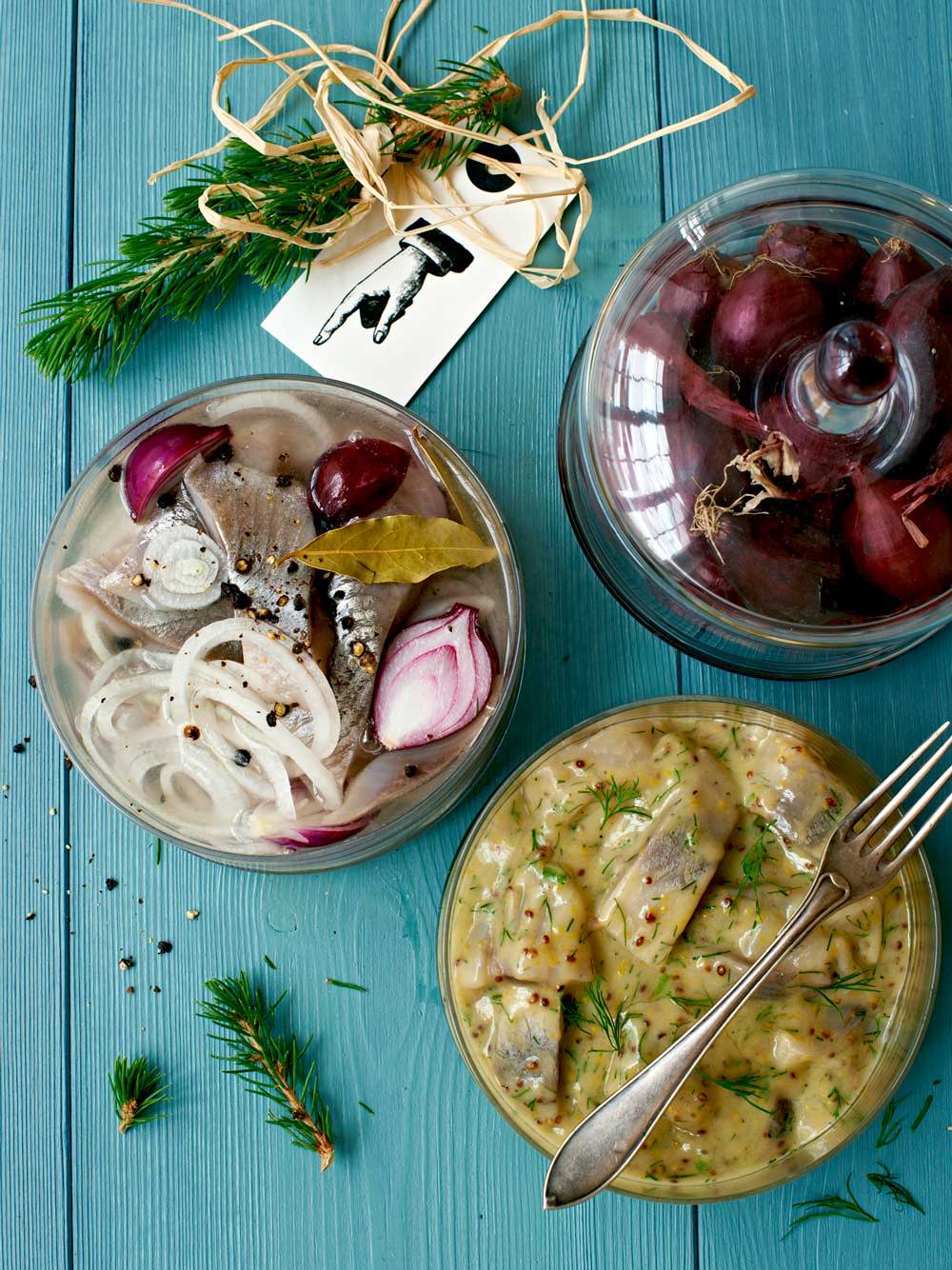We are on Trustpilot
We are rated Excellent, read what our customers are saying


The herring, some can’t stand it and some think it’s the best thing in the world but even if you like it or not, what would a Christmas be without herring? It has a given place on any Christmas table.
Herring was once considered a poor man's food but is nowadays one of our most beloved delicacies and something we like to introduce friends from other countries and cultures to whenever we get a chance. It's part of our culture and has been for a very long time.
The herring has been of great importance to the whole of northern Europe since the Stone Age but the most important place for herring fishing nowadays is Bohuslän on the west coast of Sweden. Here, herring is deeply rooted in the culture and herring knowledge is often passed on from generation to generation.
The herring comes and goes in periods and those periods can last very long. At the beginning of the 1800s, the herring suddenly disappeared and was gone for over half a century. But then one winter day in 1877 a steamer on the Bohuslän coast passed a shoal of herring that was so thick that the herring was thrown onto the foredeck, almost like an explosion. The herring had returned to the west coast and people celebrated for weeks. The sea boiled with herring again and it was the beginning of a herring period that would last for almost 30 years.

The return of the herring laid the foundation for the Bohuslän canning industry and a herring culture that would quickly spread across the country. Before the new herring period, anchovies (canned sprats) had long been the only product. Now a new kind of herring, the "large herring", became very popular. By seasoning the new herring, a new product was created - kryddsill (seasoned herring). The first products made of seasoned herring were presented as early as 1889. They were small pieces of herring the size of a fork, which came to be known as “gaffelbitar” (fork pieces).
At the same time as the new herring period was in full swing at the end of the 1800s, Bohuslän's rocky coast became fashionable and the West Coast seaside resort culture flourished. At first, the summer guests came to enjoy the sun and salty baths, but eventually, the health trips became pure pleasure trips. More and more restaurants and guest houses were opened and "sill och nubbe" (herring and a shot of aquavit) became part of the Swedish seaside resort culture. From first being considered a poor man's food, the herring had now ended up on the menu in fancy restaurants and today, it is difficult for us Swedes to imagine Easter, Midsummer or Christmas without herring.
